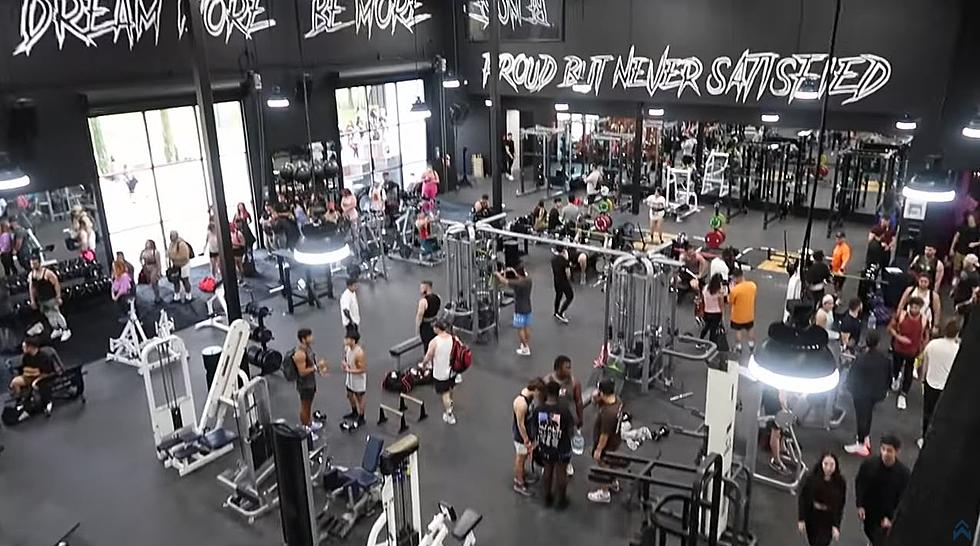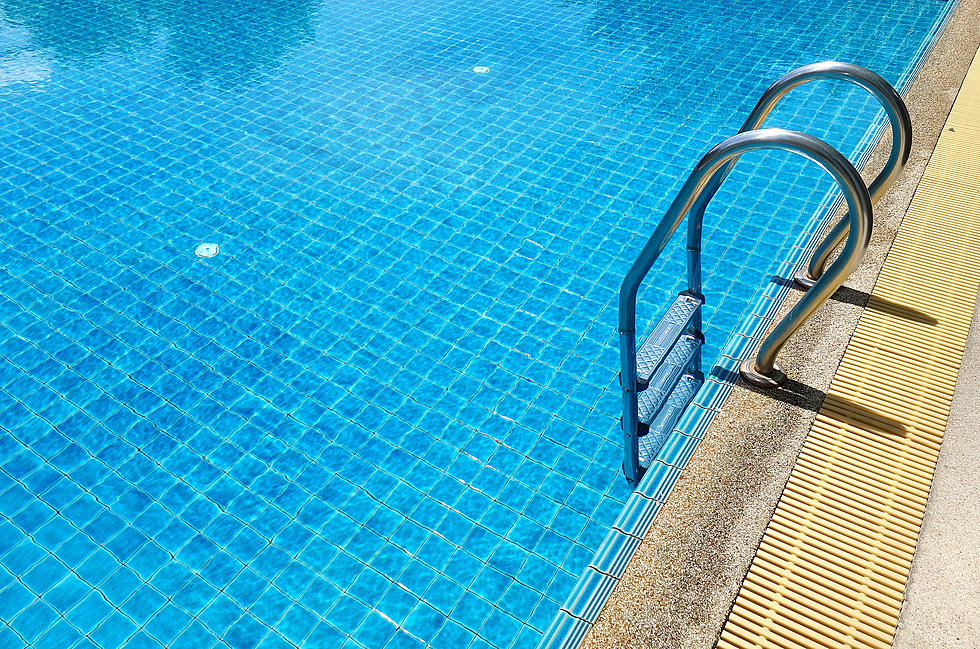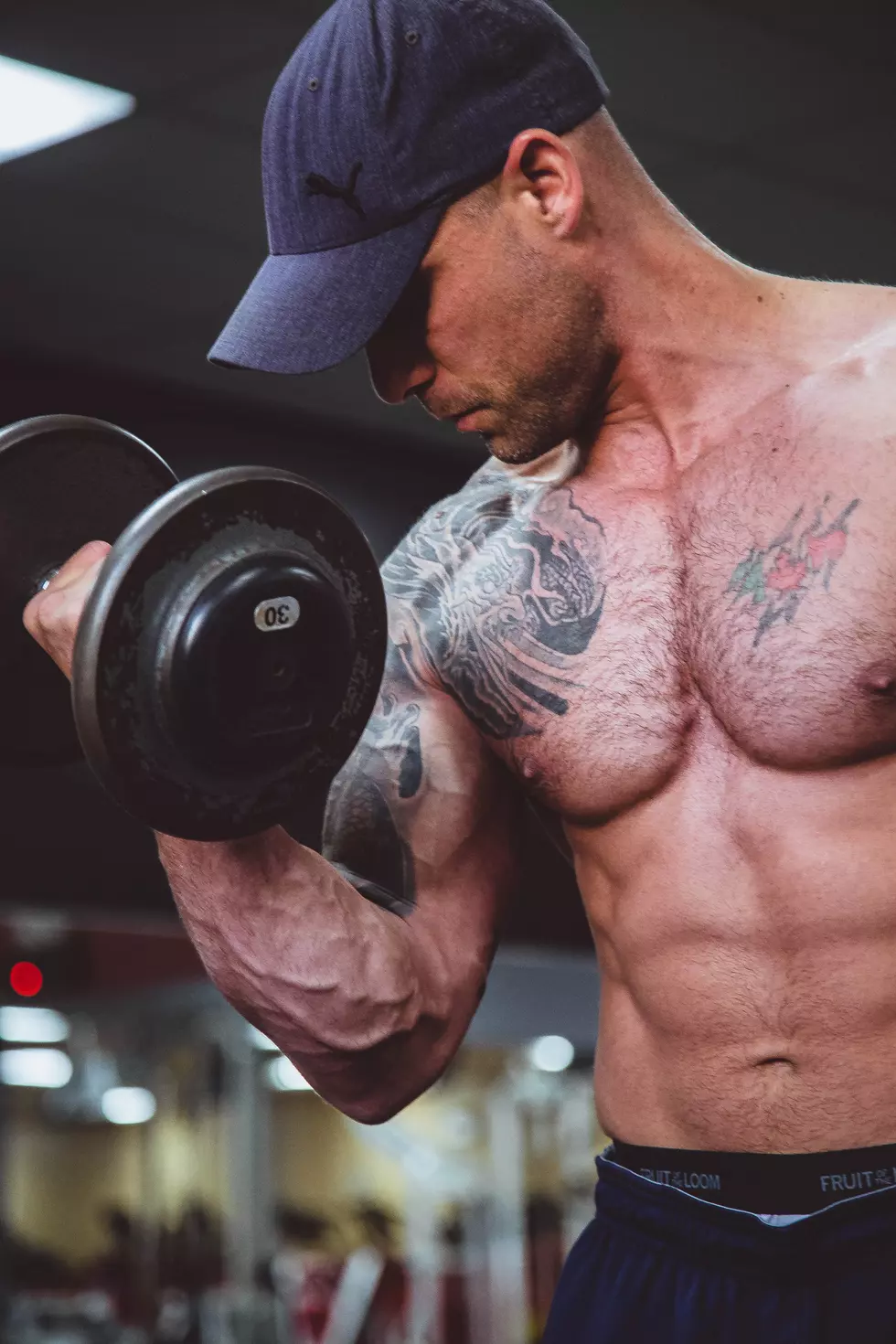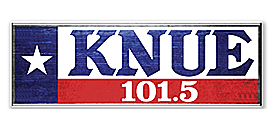
Bad Health And Fitness Advice From The Internet
The Web has so much information it could cause a "brain overload." Of course, not all the info online is good, but the rough stuff is usually easy to spot: The man communicating with you probably hasn’t been to Nigeria, almost certainly isn’t a prince, and definitely does not have a billion dollars to share with you. But when it comes to health and fitness, the advice is tougher to distinguish—and choosing the wrong advice could result in a lack of results, poor results, or injury.
- jsramsey, Flickr
jsramsey, Flickr 1Misleading “Tip” #1
“If you train your abs, the best way is to do 2-second reps instead of 4-second reps. The shorter the rep time, the faster they grow, and the more fat tissue around them you’ll burn.”
This “tip” is a variation of the advice to “lift slow,” but both strategies are wrong because they’re incomplete, says Nick Tumminello, C.P.T., owner of Performance University. “There is some validity” to slowing down the eccentric, or lowering, of a weight in an exercise, he says. “Emphasizing this aspect of training can cause more time under tension to the muscle. More time under the load will cause more muscle growth.” For the concentric, or lift, portion of an exercise, Tumminello would never recommend a slow lift: “You’re using [your muscles] less than if you go fast.”
What to Do Instead:
More muscle means more fat burning overall. To maximize muscle growth, maximize “time under tension”: Lower the weight slowly, and power it up. - YouDidn'tDidYou, Flickr
YouDidn'tDidYou, Flickr 2Misleading “Tip” #2
“To burn more fat and ‘tone more muscle’: run about 1 hour a day, then do 30 minutes cardio. Your pounds will drop really fast.” Why It’s Wrong:
Because slow cardio—and if you’re going for 90 minutes, you’re going slow—is inefficient.
What to Do Instead: Replace your long, boring cardio session with these intervals. After warming up for 5 minutes, perform the cardio exercise at a pace that equals a 7-out-of-10 effort level for 1 minute. Then slow to a 3-out-of-10 level for another minute. Alternate between the 7 and 3 for six total rounds. When it becomes too easy, increase your work pace, or slightly increase your work time while shortening your rest period. - alkalinebois, Flickr
alkalinebois, Flickr 3Misleading “Tip” #3
“Your triceps make up most of your arms—dips will grow the heck out of them. If 10 or 15 gets too easy, wear a dip belt.”
Why It’s Wrong:
Technically, it’s not.“Dips are going to make your triceps grow,” says Adam Bornstein, fitness editor at Men’s Health magazine and co-author of The IMPACT! Body Plan. “The problem is, so many people have weak shoulders, and so they cheat—they lean forward and work their shoulders too much, instead of their triceps.” This “cheat” can cause injury, and when weight is added, can be made even worse.
What to Do Instead:
Bornstein has a four-point plan to help you do dips safely for maximum benefit and minimum injury.
1. Keep your shoulders down and back. “Imagine tucking your shoulder blades into your back pocket,” he says. This position will help keep you from leaning forward. “Thinking about ‘down and back’ makes it difficult to shrug your shoulders forward, which can cause the shoulder pain and injury.”
2. Keep your elbows close to your sides. As with a pushup or the bench press, “don’t flare them,” Bornstein says. This will also keep pressure off your shoulders.
3. Don’t lower so far. “A lot of people will lower so far that their biceps touch their forearms,” he says. You don’t need to go that deep to get the benefit of the exercise. At the bottom of the move, Bornstein says, your elbow should be bent just 90 degrees.
4. Keep your wrists straight. “If you flex at the wrists, you alter the foundation of the movement,” Bornstein says. “This makes you more likely to lean forward.” - TravisK, Flickr
TravisK, Flickr 4Misleading “Tip” #4
“With modern leg machines, there’s no need to even do freeweight squats anymore. The machines are that good, and have minimized the ‘injury factor.’” Why It’s Wrong:
Machines—not just leg machines—may actually feed into injury risks you already have, says Aaron Brooks, a biomechanist.
Machines can exacerbate the strength differences between your left and right arms or legs, which can cause dysfunction or injury. Brooks explains: “Look at someone who does a dumbbell bench press. One arm often extends faster than the other, and one might end up higher.” Because a machine’s motion is fixed to a track, “your arms or legs travel and end equally, but that’s not actually what happens. You favor the stronger arm, and it’s doing more pushing or pulling. It’s getting stronger, while the other arm works less.” What’s more, free-weight leg exercises increase muscle activation. And that’s the ultimate result.
What to Do Instead:
Total-body, multi-muscle, free-weight movements. For your legs, Bornstein says, that means squats, lunges, deadlifts, and other “big” movements.
More From 101.5 KNUE









